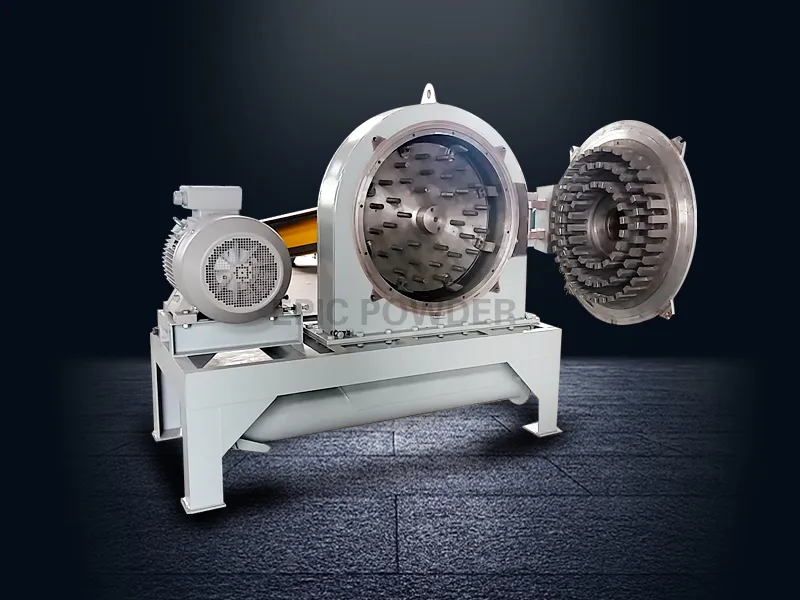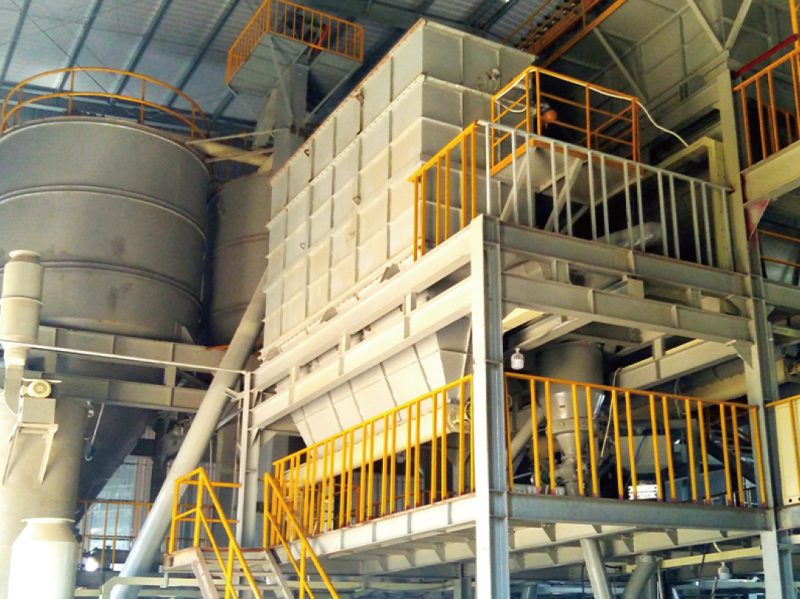Hammer mills and impact mills differ. This matters for industries that need size reduction. These include agriculture, food processing, pharmaceuticals, and materials recycling. Both types of mills aim to reduce material size. They work on different principles and suit different applications. This analysis will explore hammer and impact mills. It will cover their mechanisms, uses, pros, cons, and operating issues.

Overview of Size Reduction Processes
Size reduction is key in many industries. It breaks down materials into smaller particles. This improves their usability and aids further processing. Milling equipment greatly affects the efficiency, quality, and cost of this process.
- Importance of Size Reduction: Smaller particles can improve product quality. They have a larger surface area for reactions. They also mix and disperse better. Plus, they are easier to transport and store.
- Types of Size Reduction Equipment: Many machines can reduce size. They include crushers, grinders, and mills. Among these, hammer mills and impact mills are popular. They are effective for a range of materials.
Hammer Mills: Mechanism and Features
Hammer mills are machines that use high-speed rotating hammers to crush or grind materials. They are characterized by their simplicity and versatility.
Mechanism of Hammer Mills
- Design: A typical hammer mill consists of a rotating shaft with several hammers attached to it. The hammers swing freely on the shaft and strike the material as it enters the milling chamber.
- Size Reduction Process: As the hammers rotate at high speeds (often exceeding 20,000 RPM), they impact the material against a screen or grate. The screen’s aperture size determines the particle size. Smaller particles pass through, while larger ones are recirculated for more grinding.
- Types of Hammer Mills: There are two main types:
- Gravity-fed Hammer Mills: Material is fed into the mill by gravity.
- Air-assisted Hammer Mills: These use air to assist in feeding material into the mill.
Applications of Hammer Mills
Hammer mills are versatile and can handle a wide variety of materials:
- Agricultural Products: Used for grinding grains, corn stover, hay, and other agricultural products.
- Food Processing: Commonly used for producing flour from grains or grinding spices.
- Pharmaceuticals: Employed in the production of powdered medicines.
- Recycling: Effective in processing waste materials like plastics and metals.
Advantages of Hammer Mills
- Cost-Effective: Generally lower initial investment compared to other milling technologies.
- Easy Maintenance: Simple design leads to easier maintenance and operation.
- Versatility: Capable of processing various materials with different moisture contents.
Disadvantages of Hammer Mills
- Heat Generation: Can produce heat during operation which may affect heat-sensitive materials.
- Limited Control Over Particle Size: The particle size distribution may be broader compared to other milling methods.
Impact Mills: Mechanism and Features
Impact mills utilize high-speed impact forces to break down materials. They often operate at higher speeds than hammer mills and can achieve finer particle sizes.
Mechanism of Impact Mill
- Design: An impact mill typically consists of a rotor that spins at high speeds (up to 30,000 RPM) with blades or bars that create impact forces on incoming materials.
- Size Reduction Process: Material enters the mill and is rapidly accelerated by the rotor. The high-speed impacts shatter the material against a stationary surface or other particles. The design often includes a classification mechanism that separates fine particles from coarser ones during operation.
Applications of Impact Mill
Impact mills are particularly effective for:
- Fine Grinding: Ideal for producing very fine powders from hard materials such as minerals or chemicals.
- Pharmaceuticals: Used in producing fine powders for drug formulations.
- Food Products: Employed in grinding spices or creating powdered food ingredients.
Advantages of Impact Mill
- Finer Particle Size Control: Capable of producing very fine powders with a narrower particle size distribution.
- Reduced Heat Generation: Often generates less heat compared to hammer mills due to faster processing times.
Disadvantages of Impact Mill
- Higher Energy Consumption: Typically requires more energy than hammer mills due to higher operational speeds.
- Higher Initial Costs: Generally more expensive than hammer mills due to complex design features.
Comparative Analysis
To better understand the differences between hammer mills and impact mills, a comparative analysis can be helpful:
| Feature | Hammer Mill | Impact Mill |
|---|---|---|
| Operating Principle | Uses rotating hammers | Uses high-speed impacts |
| Particle Size Control | Coarse to medium particle sizes | Very fine particle sizes |
| Energy Consumption | Generally lower | Generally higher |
| Maintenance | Easier maintenance | More complex maintenance |
| Initial Cost | Lower initial investment | Higher initial investment |
| Versatility | Suitable for various materials | Best for hard materials |
| Heat Generation | Can generate heat | Less heat generation |
Operational Considerations
When choosing between a hammer mill and an impact mill for specific applications, several operational considerations should be taken into account:
- Material Characteristics:
- Hardness
- Moisture content
- Desired particle size
- Production Requirements:
- Required throughput
- Desired particle size distribution
- Energy efficiency goals
- Cost Constraints:
- Initial capital investment
- Operating costs (energy consumption)
- Maintenance Needs:
- Frequency and complexity of maintenance
- Availability of spare parts
In summary, both hammer mills and impact mills serve important roles in size reduction processes across various industries. Understanding their differences in mechanism, applications, advantages, disadvantages, and operational considerations can help manufacturers make informed decisions about which milling technology best suits their needs.

